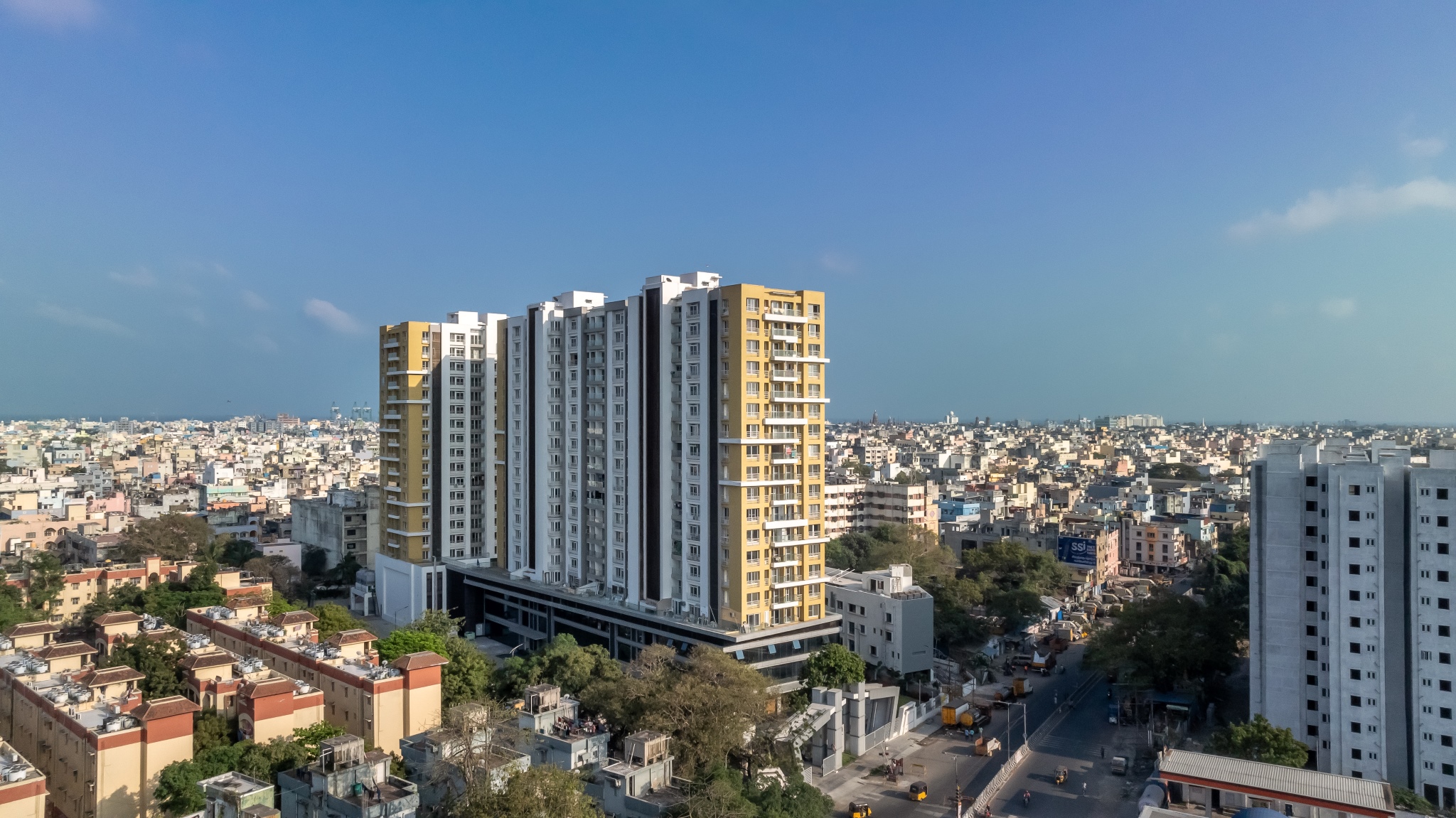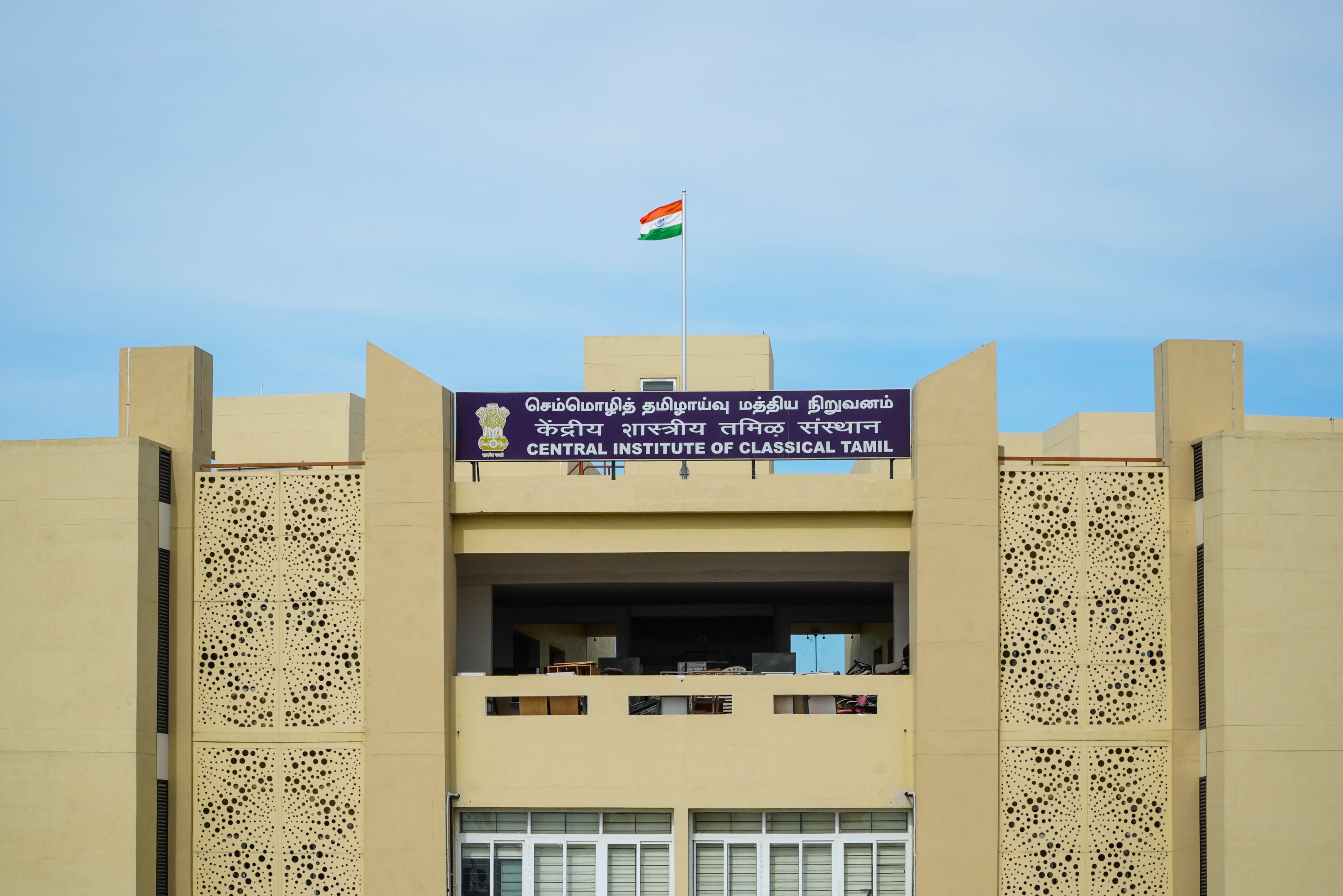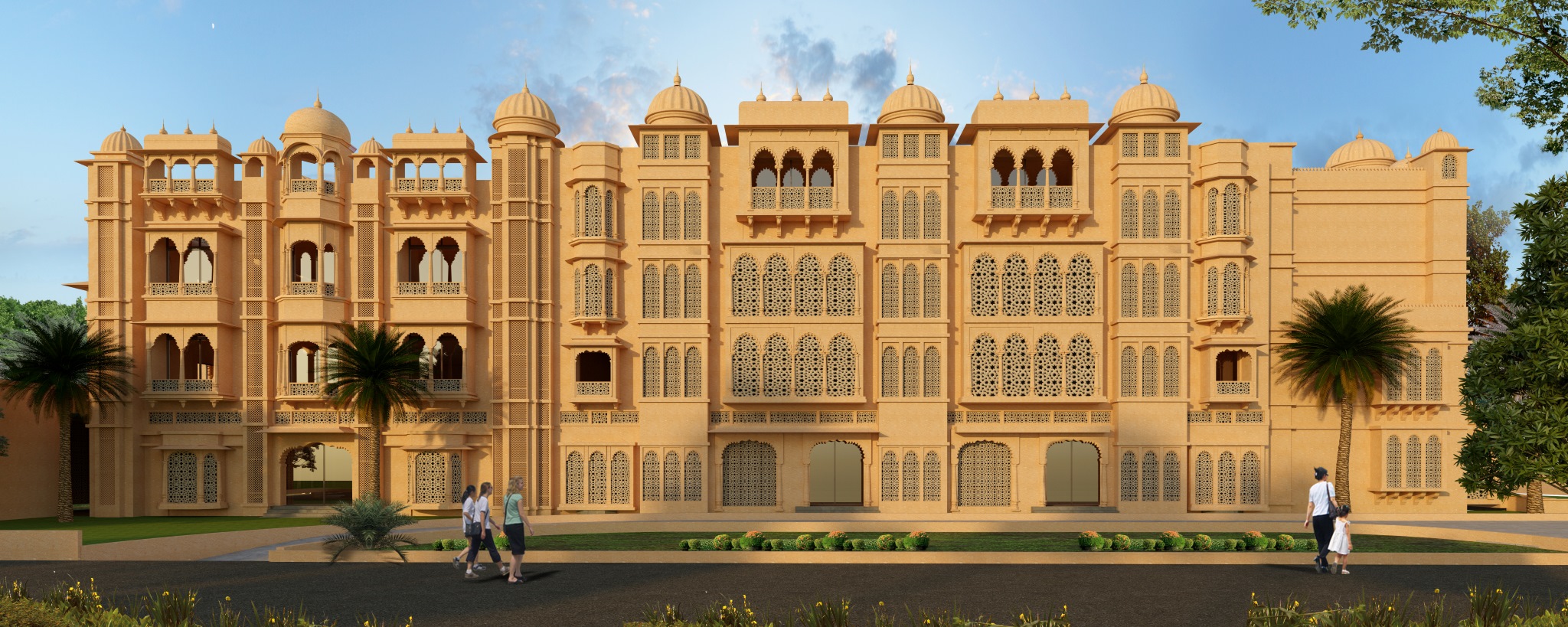| Typology | Institutional/ Hospitality | Location | Kilpauk, Chennai | Client/Firm | Sri Kilpauk Sewthambar Murtipujak Jain Sangh Trust | Site Area | 633.665 sqm | Built-Up Area | 1688 sqm | Status | Completed 2019 | Collaborators | Photography: Triple o Pixel |
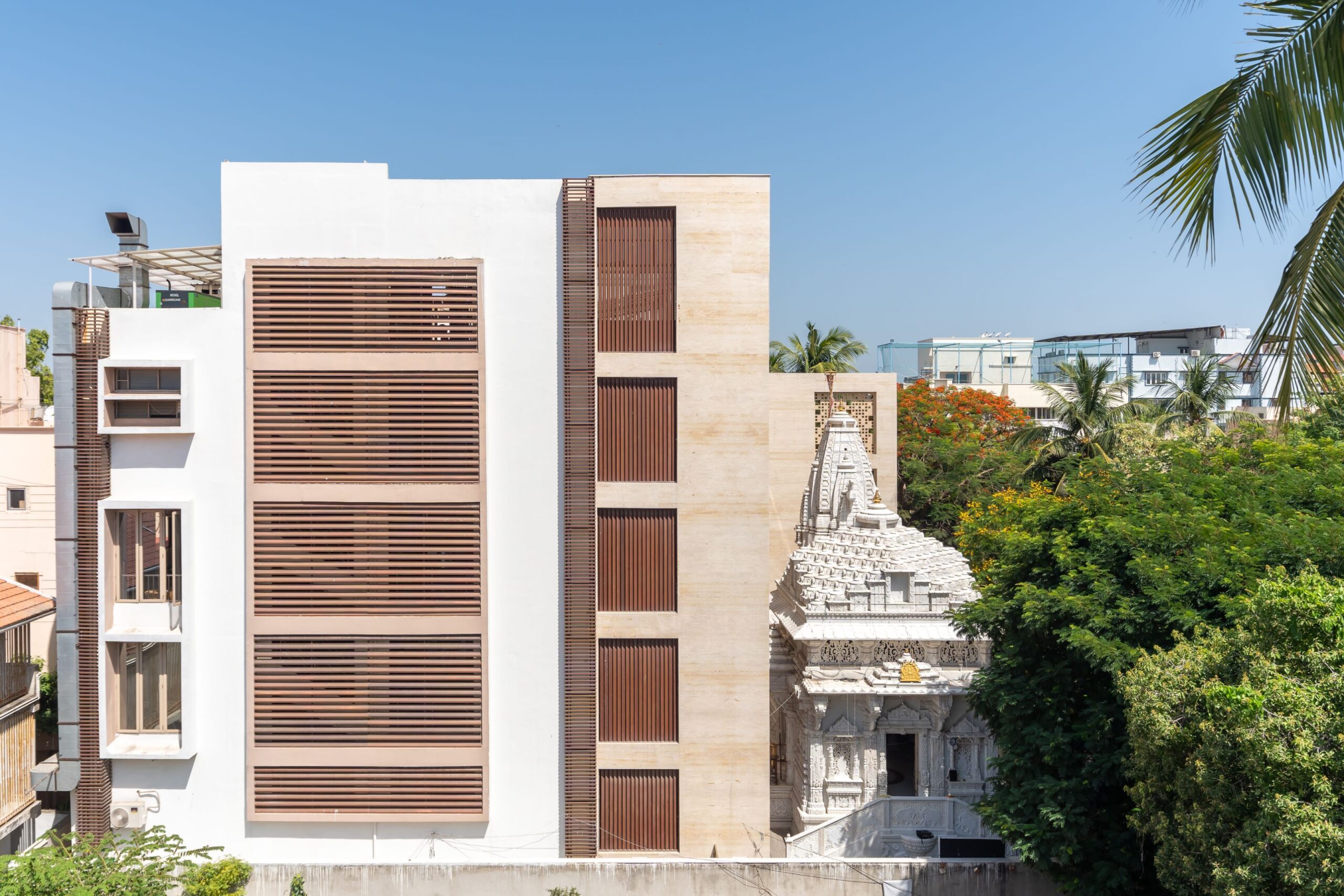

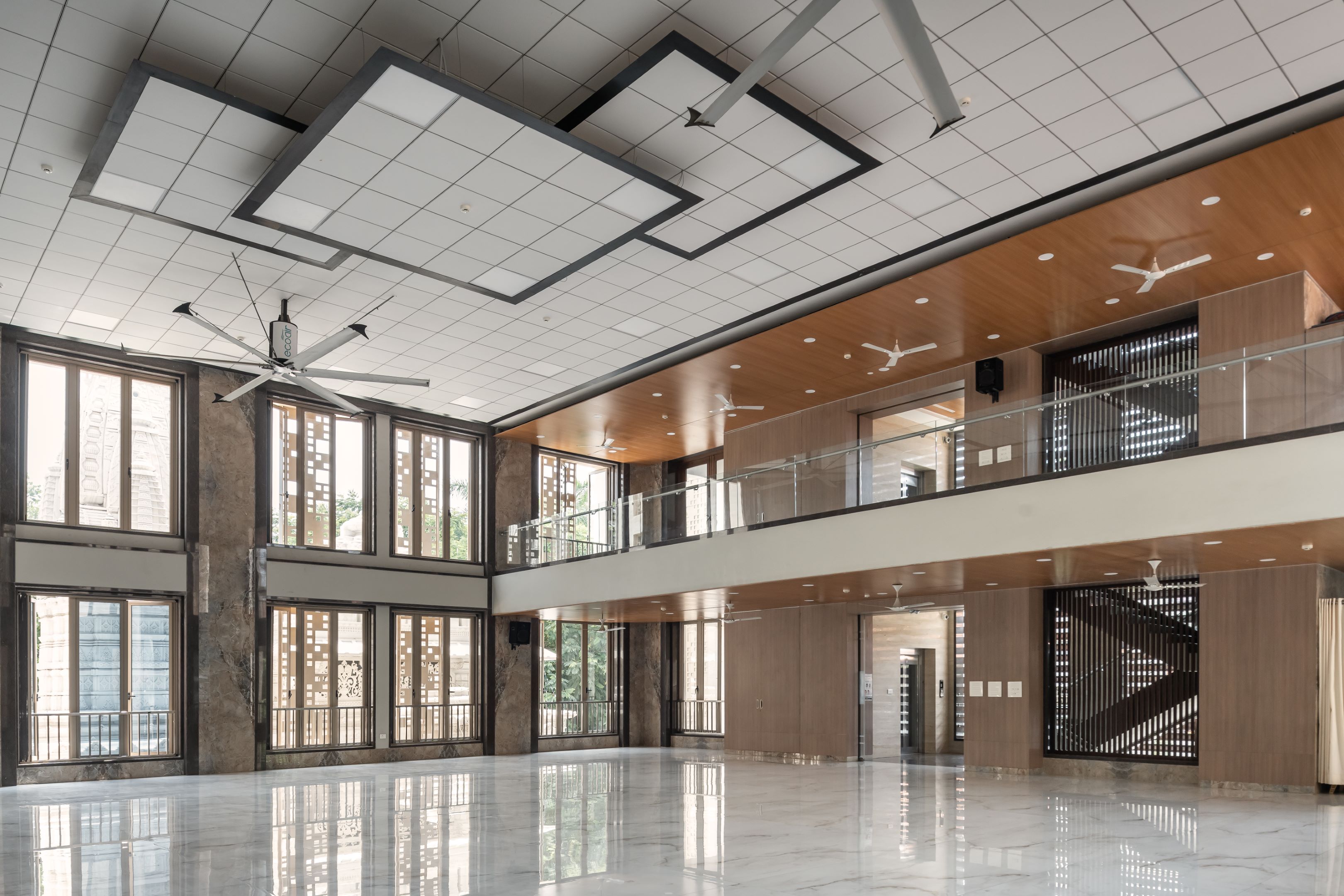
Located amidst Kilpauk, a densely populated area, the S.C Shah Bhavan caters to the religious congregation needs of the Jain community. Commissioned by Sri Kilpauk Shwetambar Murtipujak Jain Sangh Trust, the project doesn’t rely on air conditioning for maintaining optimal temperatures and is committed to being a low impact- eco-friendly building, in alignment with the principles of environmental stewardship cherished by the Jains.

The design evolved after careful consideration of the context and utilization of various energy modelling tools for climatic response analysis. Zoning of various spaces and subsequent play of massing with double height volumes enable passive cooling. Further detailing such as the treatment of the building envelope with elements like , jaali patterns, and louvers and careful selection of materials enable the building to reduce energy consumption to a large extent.
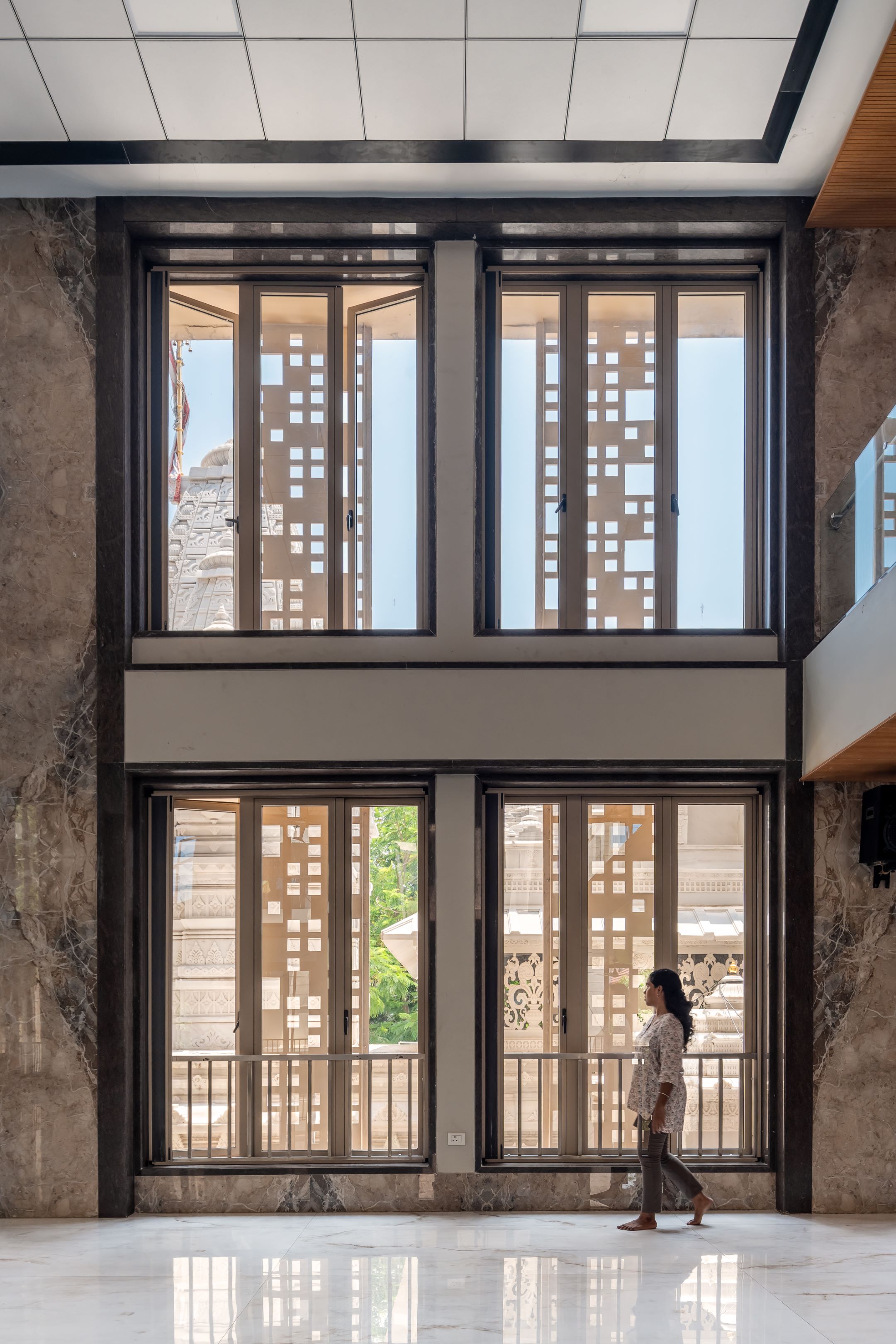
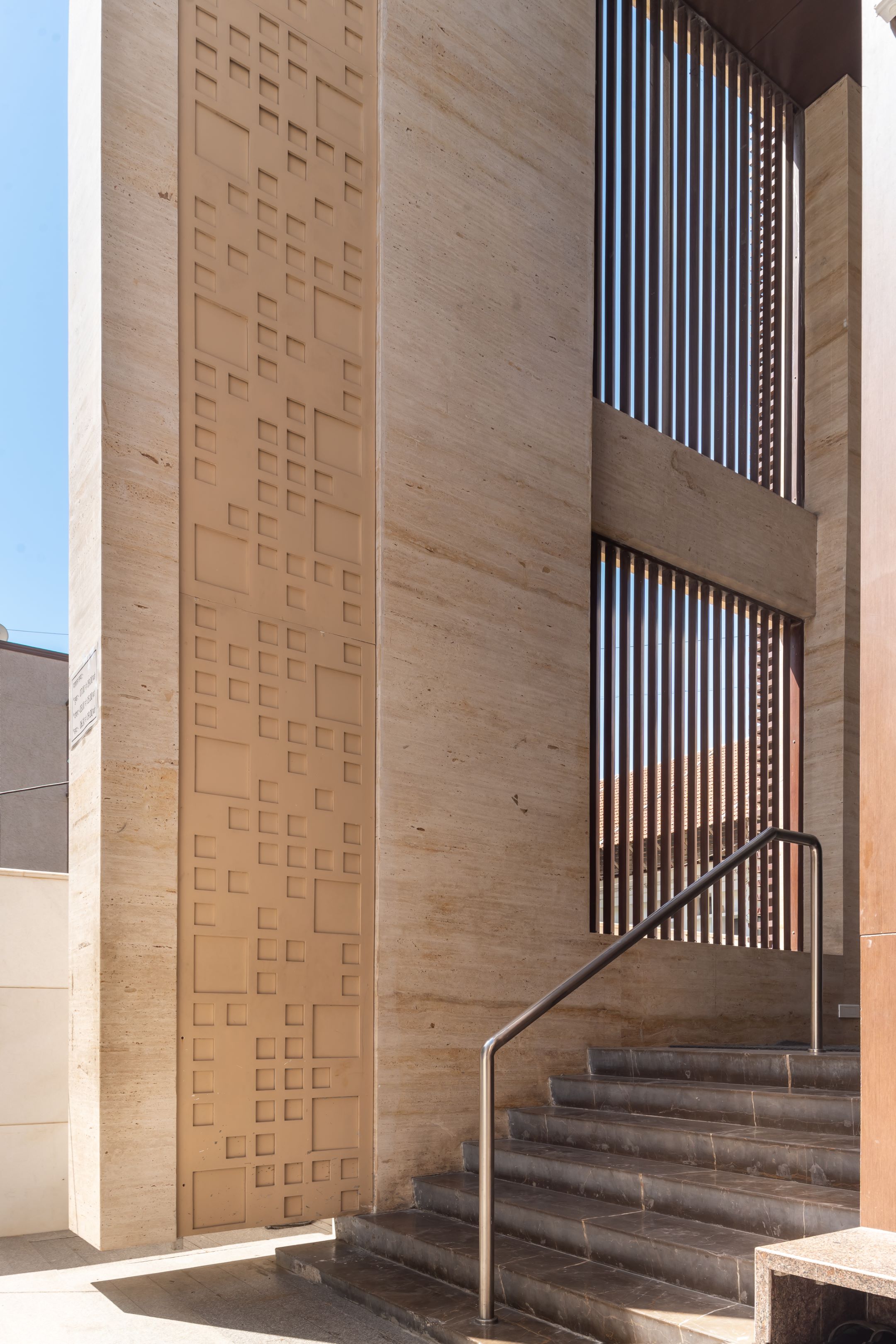
The large dining hall for annadhanam on the ground floor fulfills a vital communal need and serves as a hub for nourishment. Providing a serene and spacious environment for spiritual activities, the double height ceilings of the Vyakyan Hall create a sense of vastness and openness, setting a tranquil ambience. It also includes a mezzanine to enhance space optimization thereby increasing capacity.
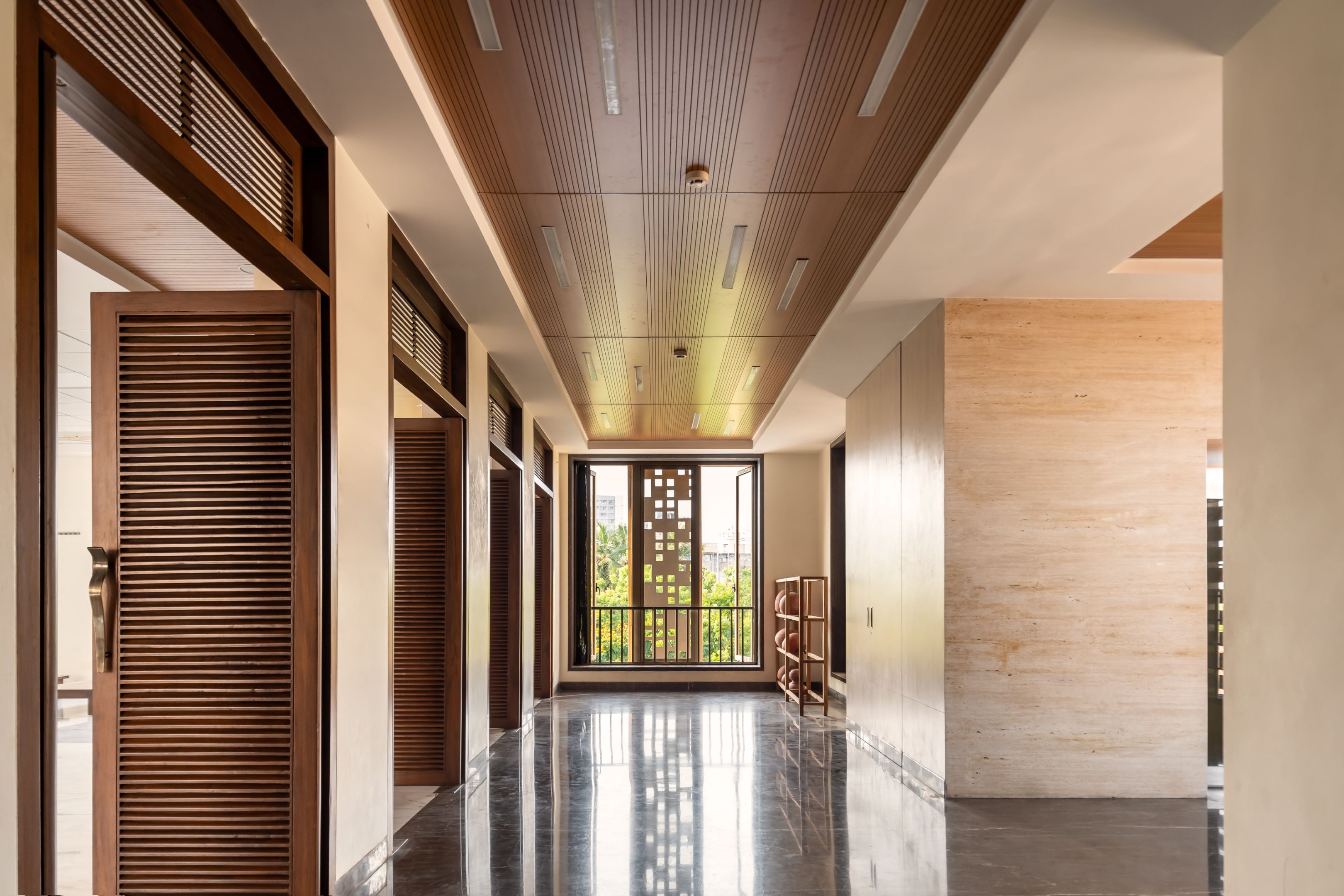
Living quarters for the saints are given on the third floor. It ensures that the hospitality needs of both residents and guests are met and aids in facilitation of religious practices. The building is designed to be climate responsive to offer a high level of comfort to occupants.The building achieves a harmonious balance of natural lighting, ventilation, and insulation. The placement of key elements like staircase, lifts, toilets etc., in the east creates a buffer zone and in addition the building has a hot air duct that helps to optimize air changes.
Heat insulation


At the terrace roof level, an innovative insulation system with earthen pots sandwiched between the RCC slab and vermiculite layer is used. When it comes to building material, AAC blocks ensure lightweight construction. The building’s inner walls are lined with extruded polystyrene thermal insulation. Silicon sand, a climate control plastering aggregate, provides additional insulation and fireproofing.
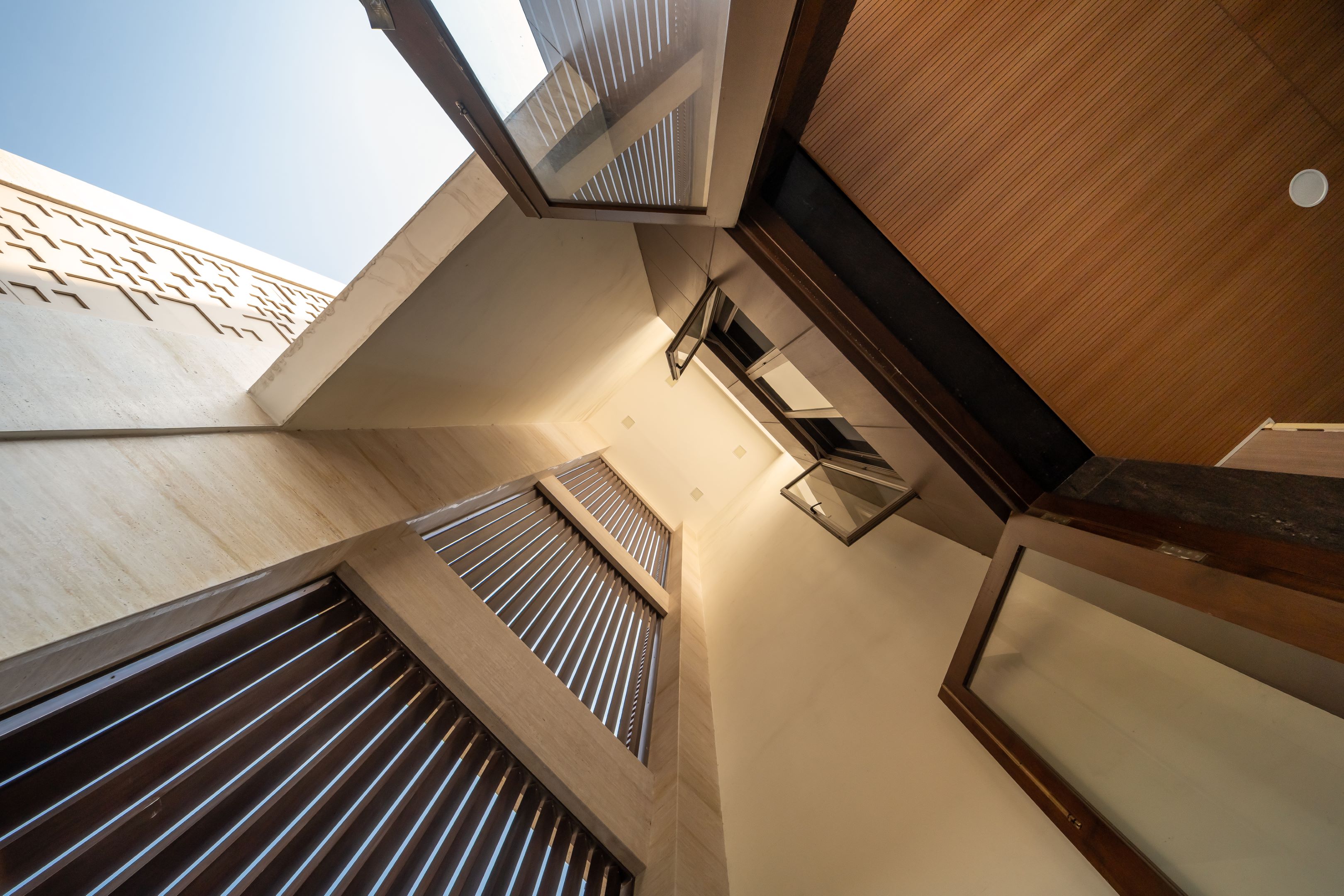
Integration of solar light pipes and light wells brings natural light into areas like the basement. The use of LED lighting and motion sensors helps maintain optimal lighting levels. By maximizing the utilization of daylight, the reliance on artificial lighting is reduced. Further it helps in minimizing electricity consumption, further reducing the building’s energy footprint leading to substantial energy savings and lower energy bills throughout the building’s lifespan.
The result is an impressive 6 degree temperature difference between the interior and exterior, providing a comfortable and sustainable space for the occupants. Hence the reliance on the active cooling systems and air-conditioning have been eliminated. Overall, the design creates a beautiful lasting space for celebration, gathering and ritual and is an environmentally responsible offering to the community.

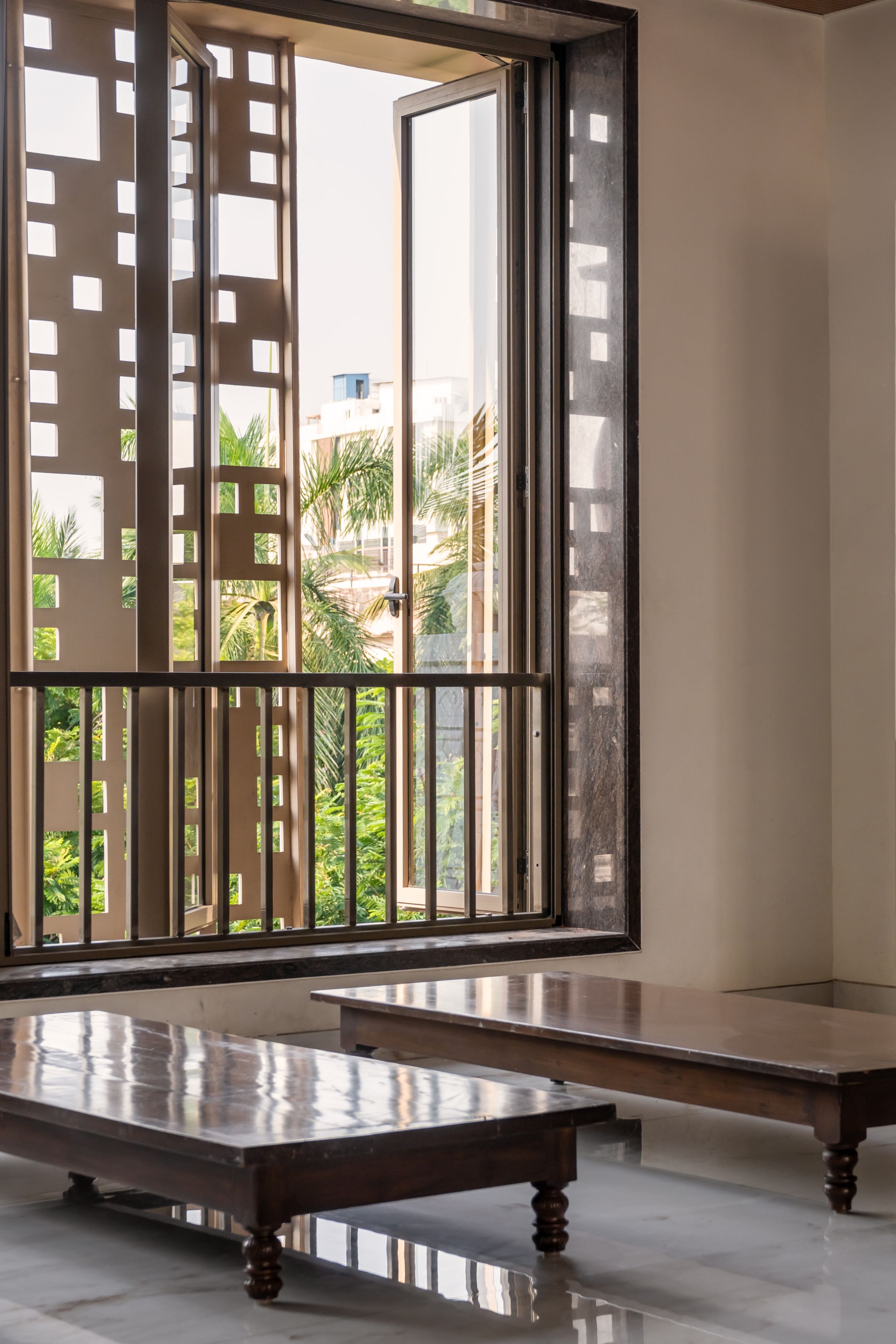
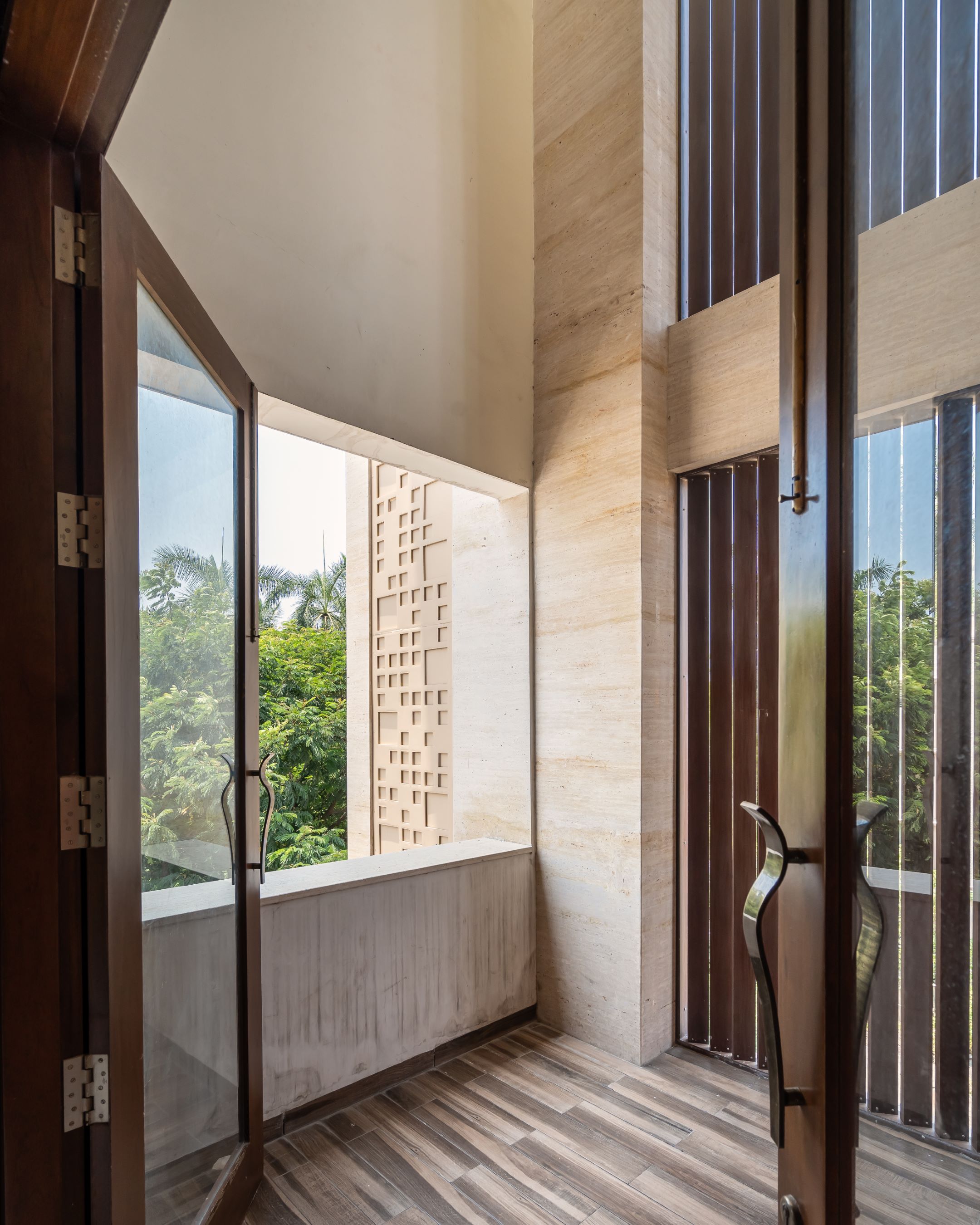

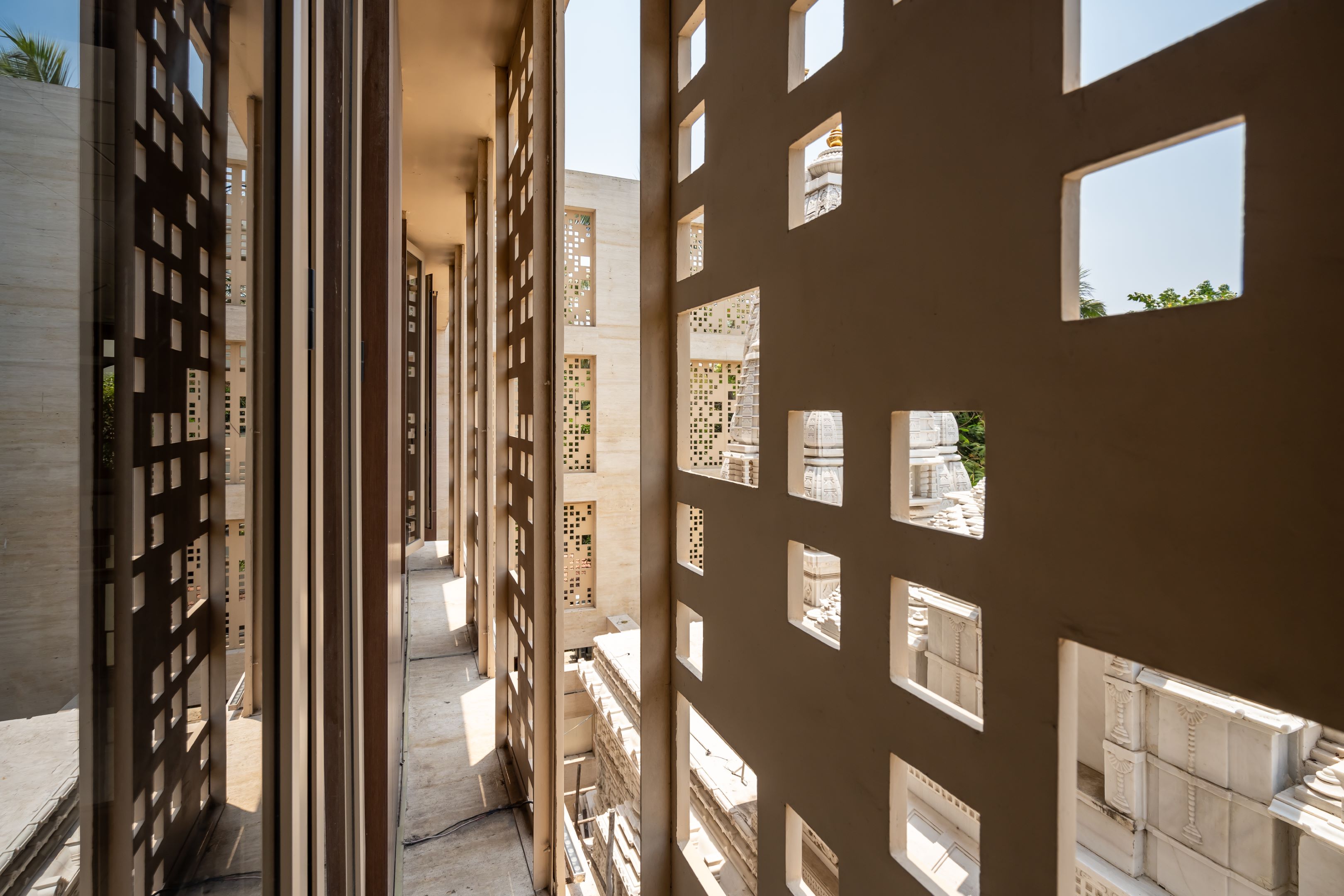


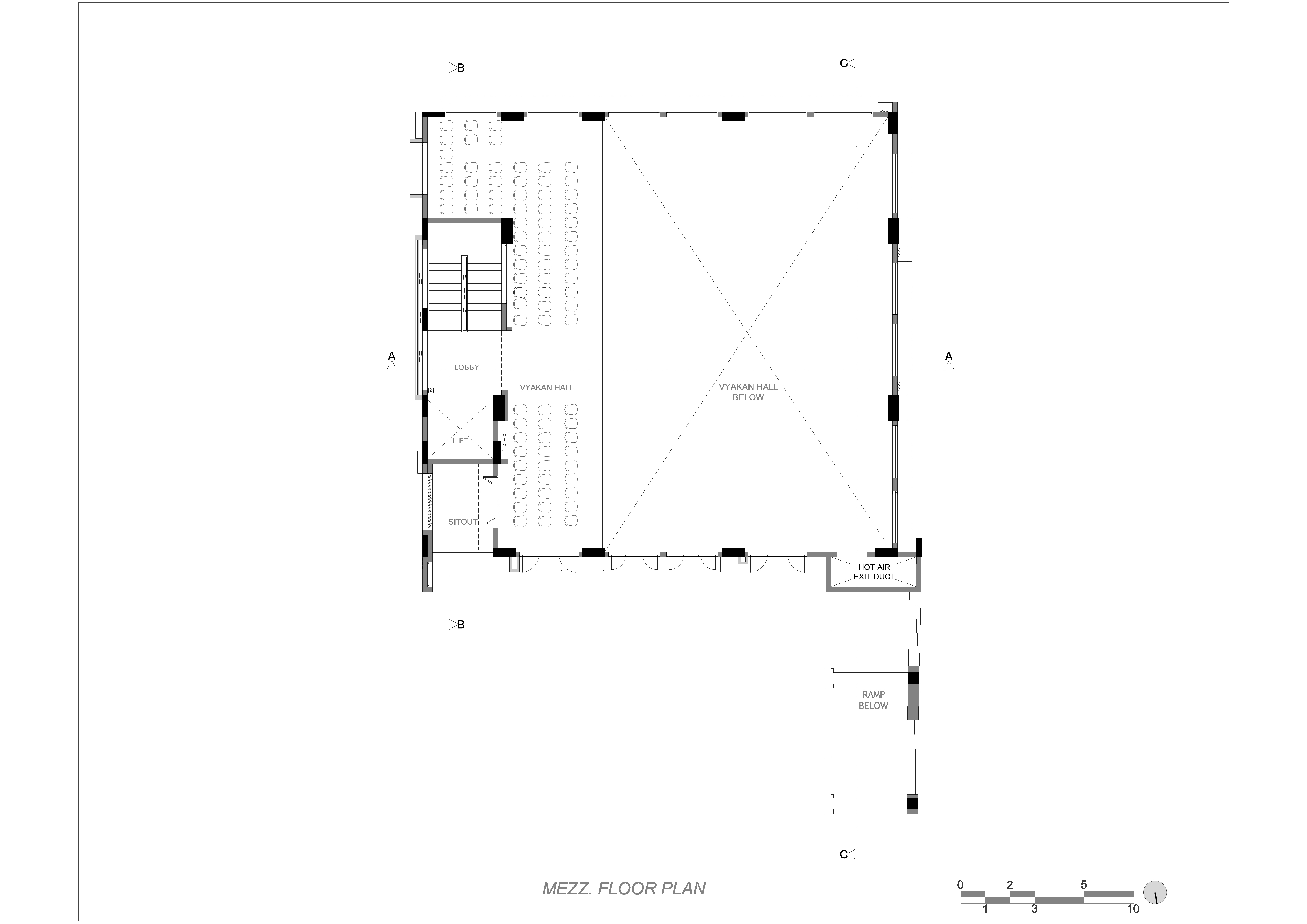
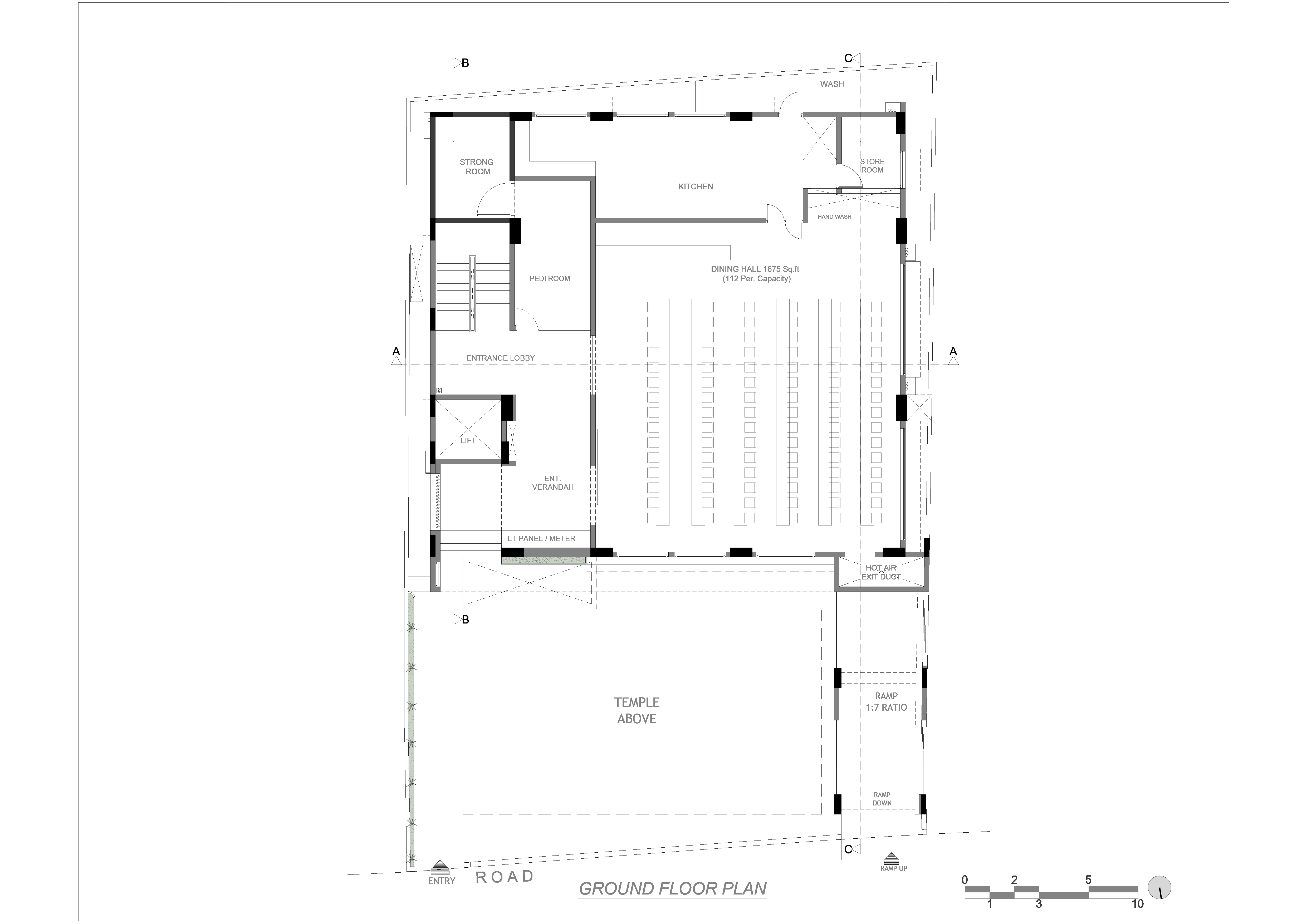



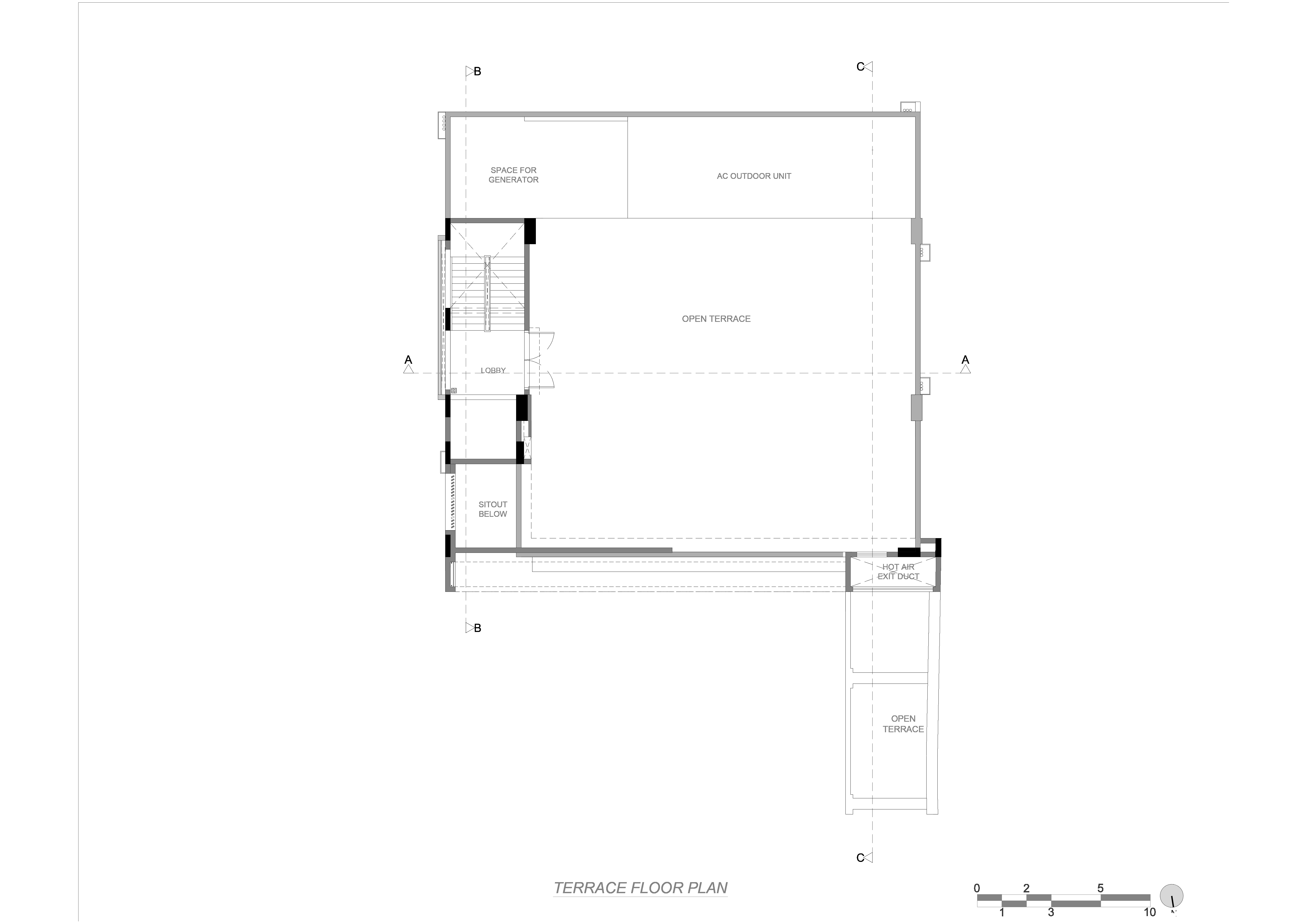

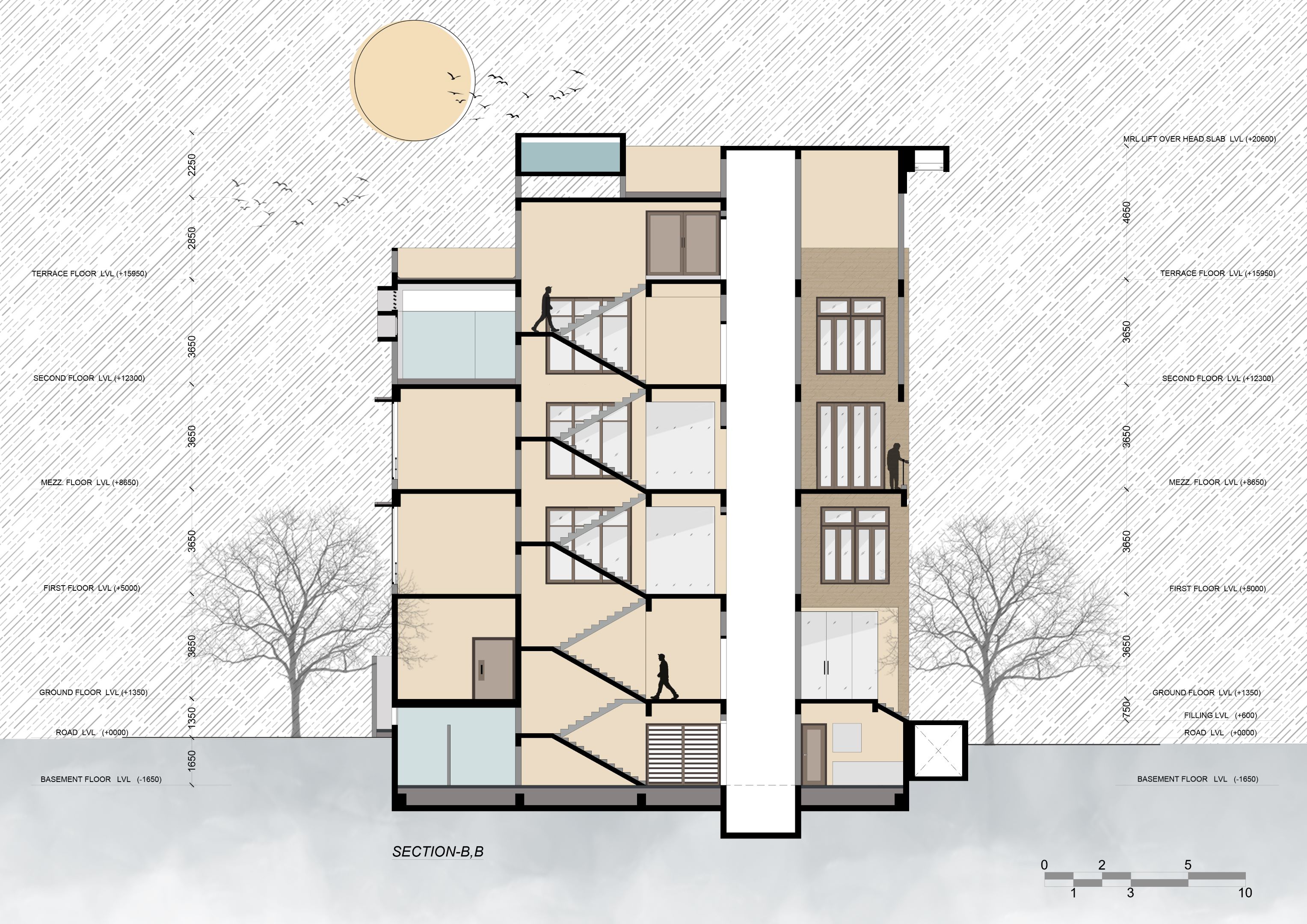
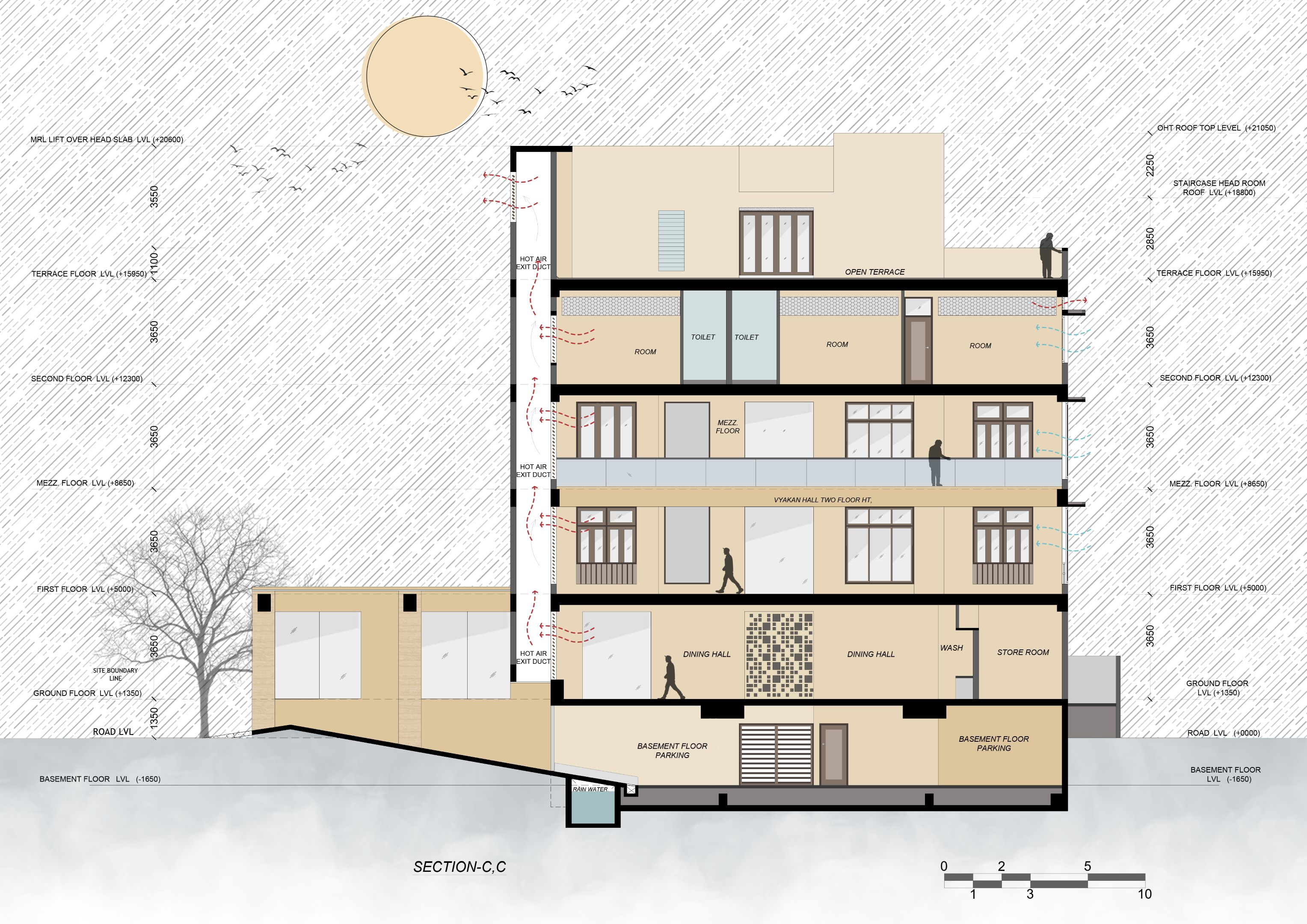
Related Categories:
Architecture, Featured, Hospitality
Related Tags:
Built, Chennai, Community, Community Center



